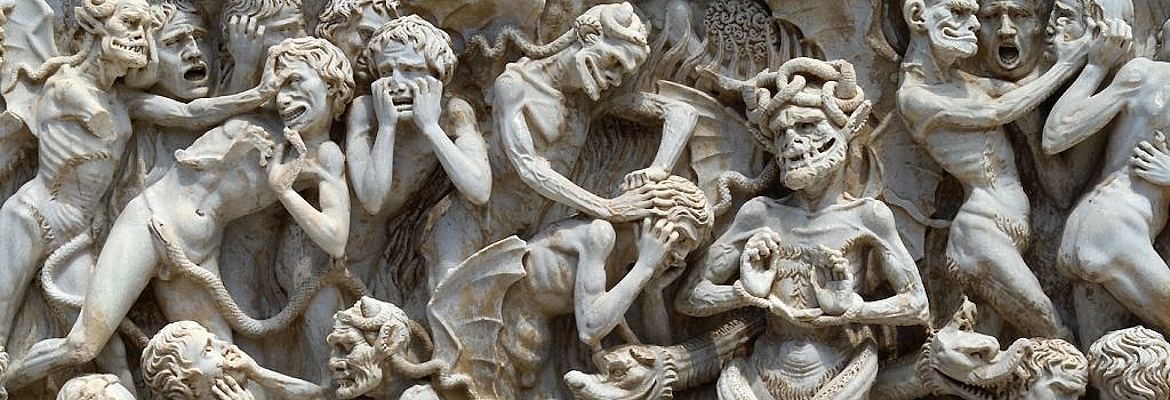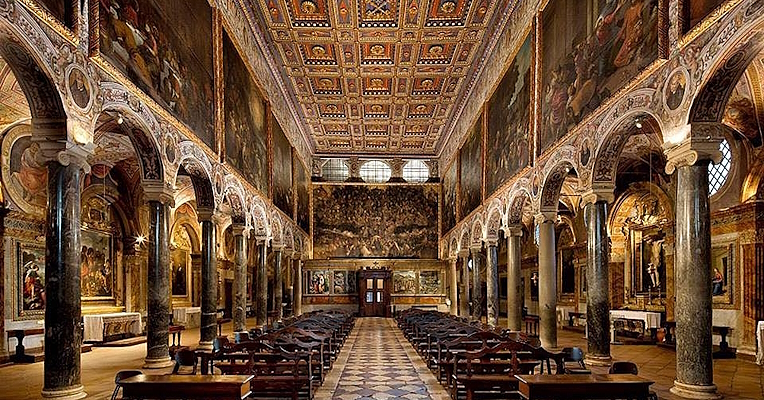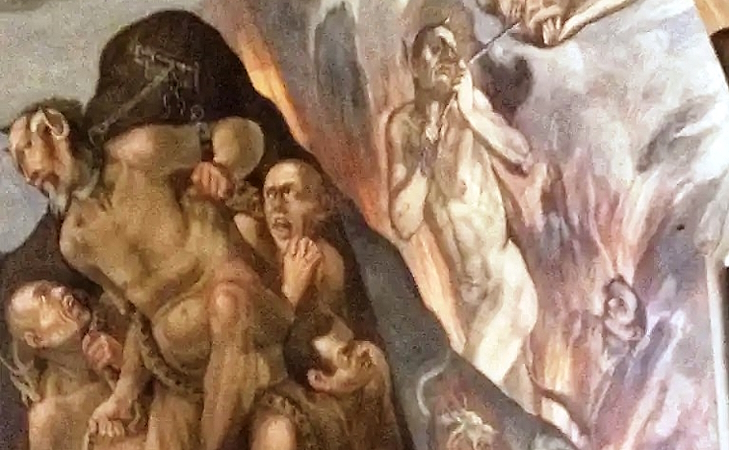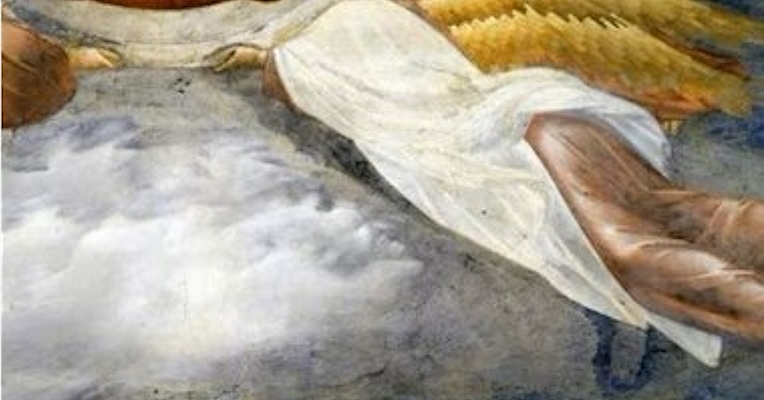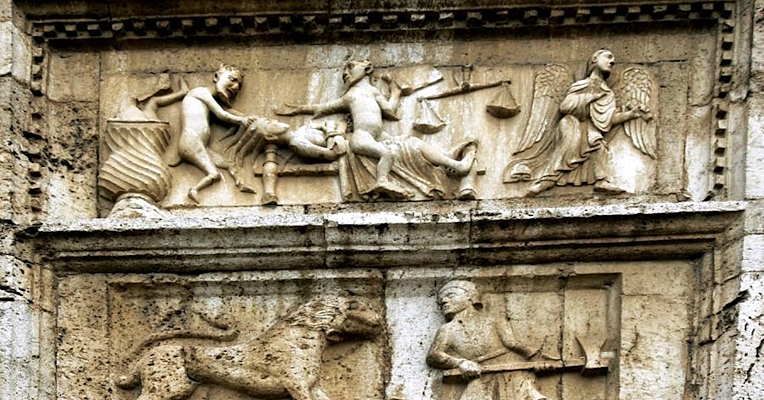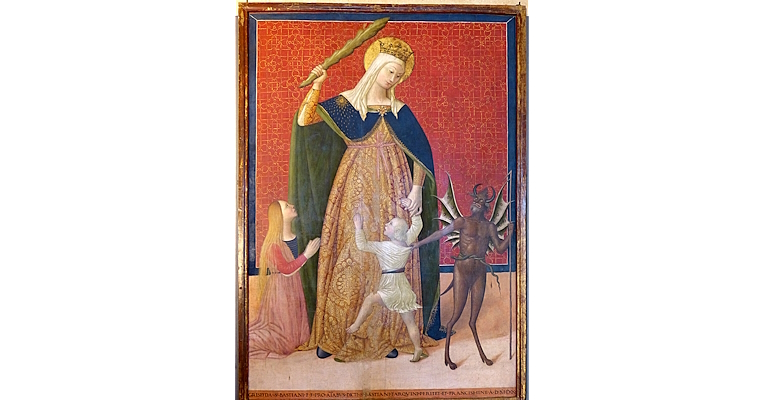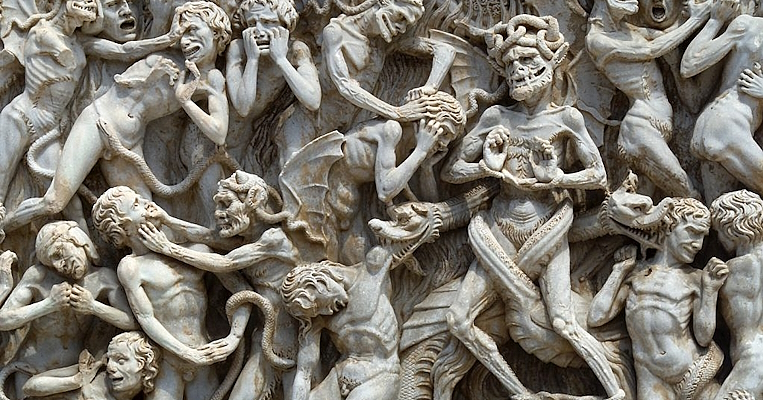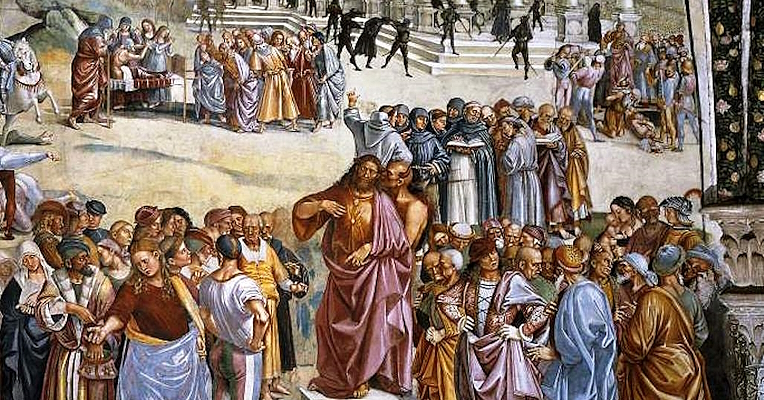Those who think of Umbria as an exclusive land of saints and blesseds will be disappointed this time.
Devils and demons are also present in the territory; Umbrian references to the devil are found in some place names (such as Casa del Diavolo, a hamlet of Perugia, or Tane del Diavolo, karstic caves near Parrano, in the province of Terni). The great massif of the Sibillini Mountains is full of references of a 'devilish' nature: Fossa dell'Inferno, Gola dell'infernaccio, Grotta del Diavolo, Passo del Diavolo, Pizzo del Diavolo and so on.
The very long cultural tradition associated with these places labels them as the favourite haunts of demons and witches, the most famous of which is certainly the Apennine Sibyl, recounted in the early 15th century by Andrea da Barberino in Guerrin Meschino, who places her in an unspecified cave in the heart of the mountain of the same name. The legend was taken up by the French poet Antoine De la Sale, in a collection entitled La Salade, where he recounts his journey to Mount Sibilla near Montemonaco, carried out in 1420 at the behest of Princess Agnese di Borbone, who was greatly intrigued by the tales linked to the mystery of the 'infernal' cave.
The devil is not as ugly as he is painted, the saying goes. Demonic representations of various kinds are also very present in art. In this connection, we propose here a singular itinerary, that of seven 'devilish' figures depicted in the area, which certainly invite you to visit them in person.
























